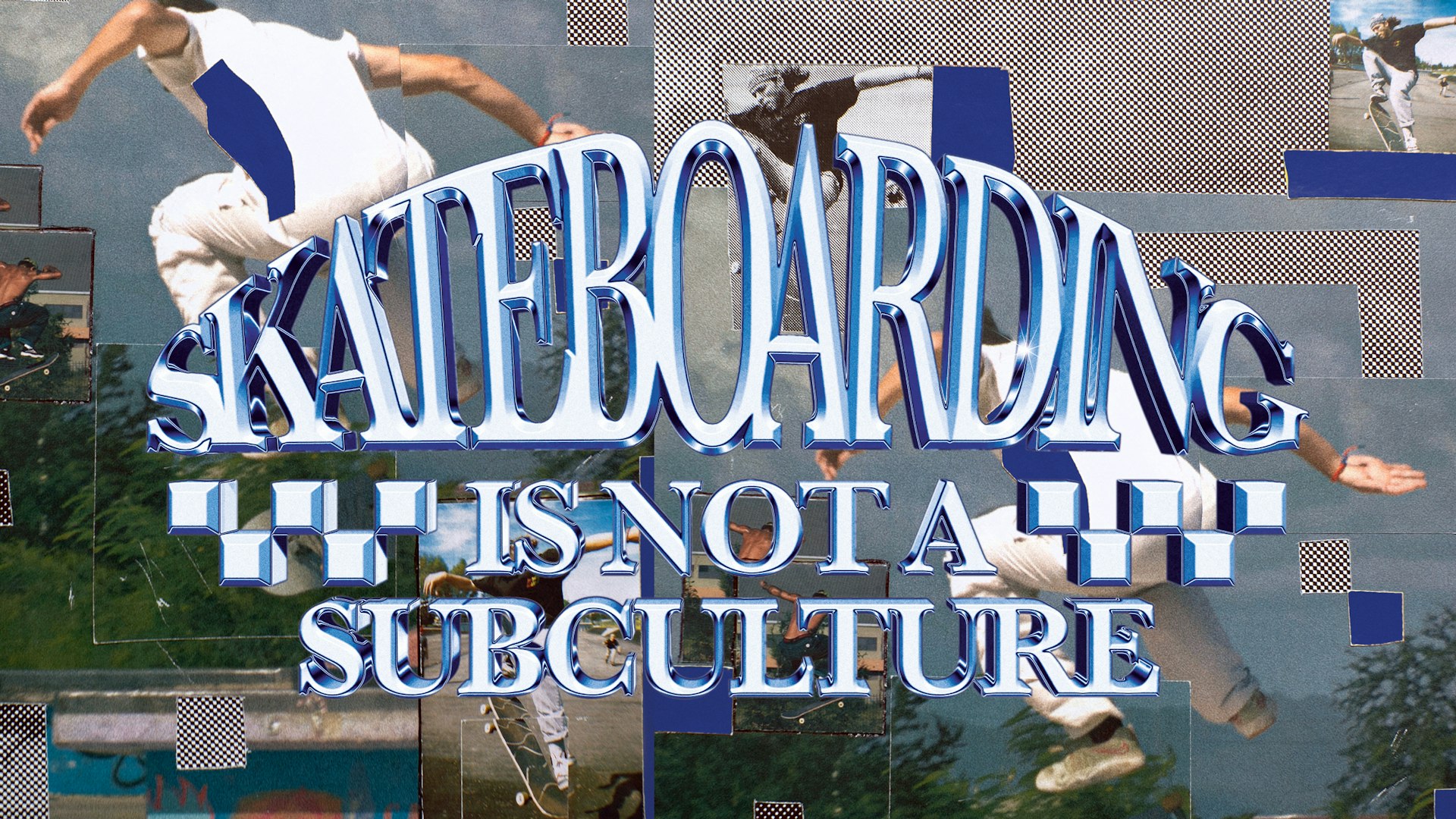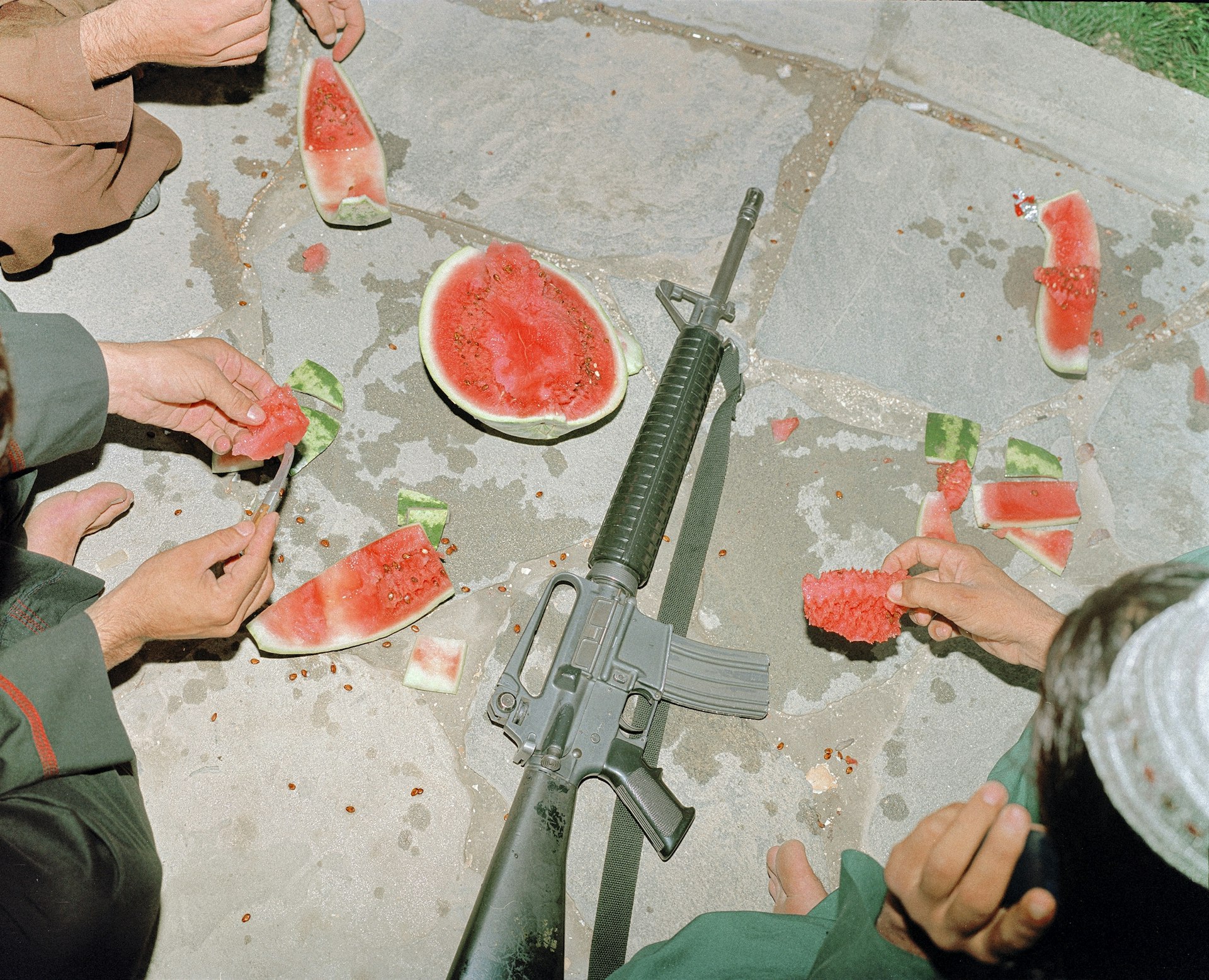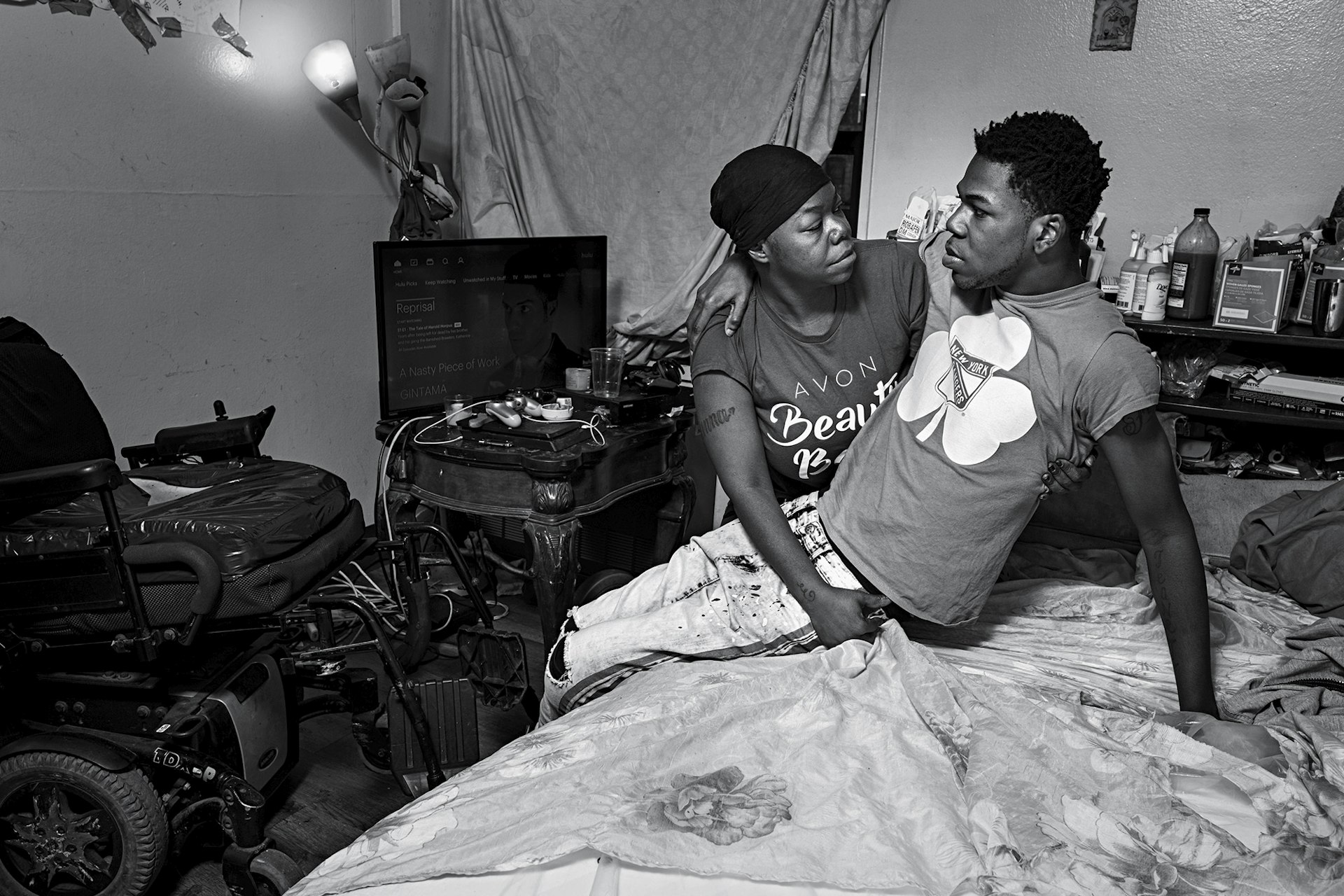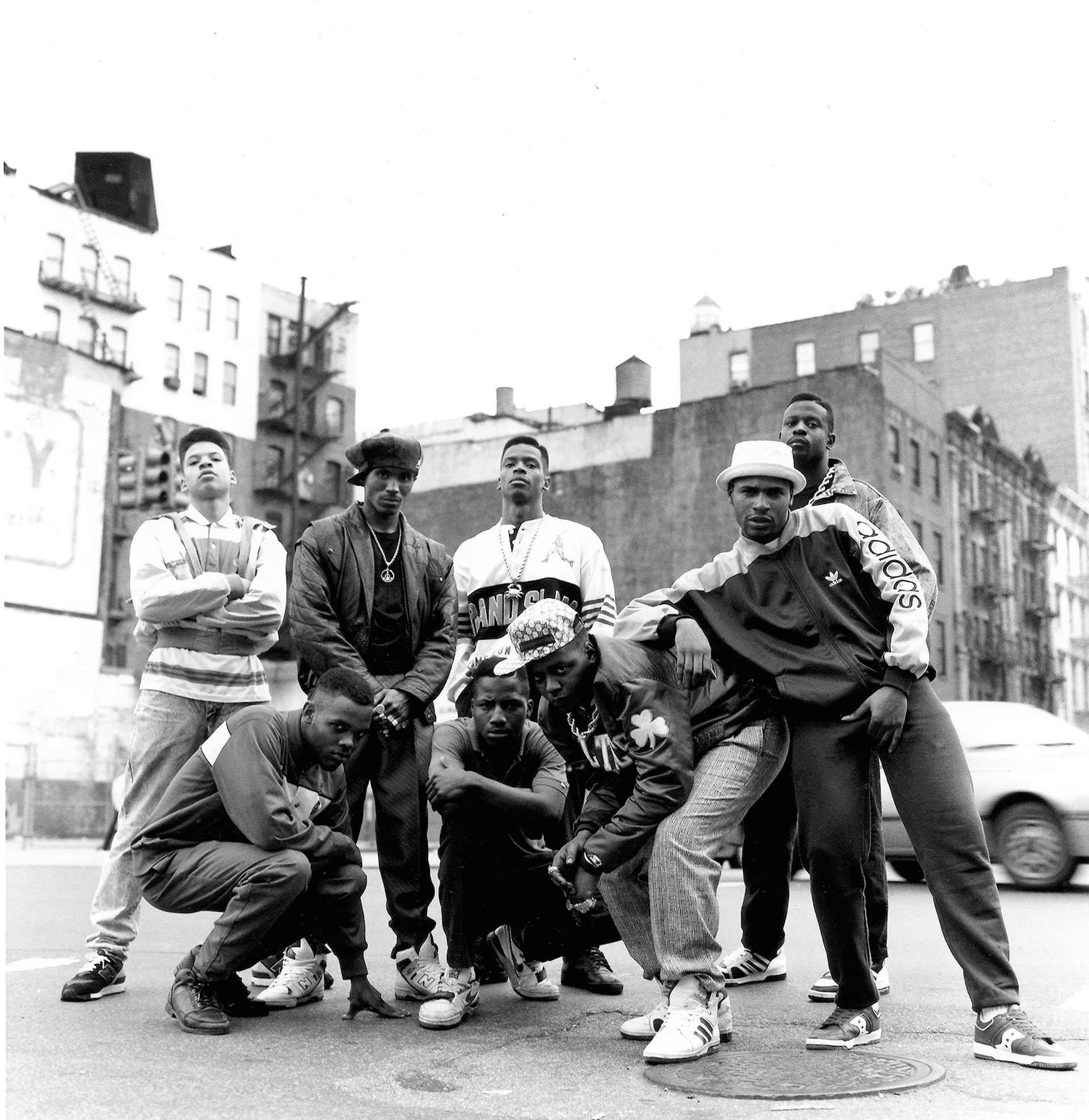The ‘80s nightclub flyers that defined underground New York
- Text by Miss Rosen
- Photography by online Gallery 98

In the mid-1960s, Max’s Kansas City became the mecca of New York’s avant-garde, attracting a mix of artists, writers, musicians, and underground stars who made the famed backroom into the ultimate nightlife destination.
By the 1970s, Max’s began hosting performances for glam rock and punk icons, setting the tone for a new breed of nightclub culture that brought together the worlds of art, music, fashion, literature, and film into a carnivalesque environment.
Before the advent of the internet, promoters spread the word by creating innovative flyers to advertise their one-night-only affairs. These eye-catching pieces of ephemera became an integral part of the event, with denizens eager to get on the mailing lists and have an instant “in” to that night’s coolest scene.
Artists like Antonio Lopez, Keith Haring, David LaChappelle, and Jenny Holzer would collaborate on these flyer designs. Produced and distributed en masse, they have become a record of New York’s downtown scene. Once given away free of charge, they are now valued as works of art.

Palladium, Keith Haring, The Great Peace March Benefit, 3-Fold Pamphlet, 1986
“The flyers are tightly connected to real events and real cultural moments. That’s where their value lies,” says archivist Marc H. Miller, who curated the exhibition A Golden Age of NYC Nightlife: Nightclub Ephemera from the 1980s now online at Gallery 98.
Miller, who arrived in New York in 1968, lived on the Bowery for two decades. He first got involved in the downtown scene in the mid-1970s, when he started hanging out at legendary club CBGB, and noticed a confluence of artists – among them Marcia Resnick, Diego Cortez, Jimmy DeSana, and Pat Place – packed into the tiny bar, watching the latest punk bands perform.
“Little-by-little, bands began using visual artists for publicity and their album covers, like Patti Smith’s connection with Robert Mapplethorpe,” Miller says. “It gave bands a certain attitude to fuse with what they were already doing.”
When the Mudd Club opened in Tribeca in 1979, the club scene changed irrevocably. The club’s founders, Diego Cortez, Anya Phillips and Steve Maas, would advertise theme night parties, hosted by Maas. “From the start, the Mudd Club was always aiming to be the cutting-edge art scene. It had exhibitions, music, hanging out, and networking,” Miller says.
In the early days, performers would make their own cheaply produced Xerox flyers, but as the scene grew and became more competitive, clubs like Area, Danceteria, Limelight, and Palladium began producing more glossy invitations in-house.
Nightclubs deliberately cultivated distinct cultural scenes, be it hosting after-parties for art openings, film premieres, book launches, or fashion shows, as a way to get New York’s most sought-after crowd under their roof.
“Being very anti-commercial in my youth, I always feel a little sense of guilt because now it’s all about putting a price on them,” Miller says, reflecting on the flyers’ acquiring artwork status. “But the longer you live the more you realise financial value has a strong connection with history and what gets saved.”

AREA, Antonio Lopez, A Celebration for Kevin, Folded Card, 1984

AREA, Grace Jones & Christian Jones, Folded Card, 1986

Carbon, Susanne Bartsch, Grand Opening of Carbon, Folded Card, 1997

Club 57 at Irving Plaza, Lee Scratch Perry, Richard Hell and the Voidoids, Card, 1981

Limelight, Divine, Card, 1984

Xenon, Everybody Hates Punk Tad Shaffer, Poster, 1978

The World, Jackie Curtis, Taylor Mead, Oh! Jackie! Oh!, Card
Follow Miss Rosen on Twitter.
Enjoyed this article? Like Huck on Facebook or follow us on Twitter.
Latest on Huck

“I refuse to accept child poverty is a normal part of our society”: Apsana Begum MP on voting to scrap the cap
After seeking to “enhance” the King’s Speech by voting for the scrapping of the controversial two child benefit cap, the MP for Poplar and Limehouse lost the Labour Whip.
Written by: Apsana Begum

Is skateboarding really a subculture anymore?
With skate’s inclusion in the Olympics, Kyle Beachy asks what it means for the culture around the sport, and whether it’s possible to institutionalise an artform.
Written by: Kyle Beachy

Autism cannot be cured — stop trying
A questionable study into the ‘reversal’ of autism does nothing but reinforce damaging stereotypes and harm, argues autistic author Jodie Hare.
Written by: Jodie Hare

Bristol Photo Festival returns for second edition
After the success of it’s inaugural run, the festival returns this autumn with exhibitions, education and community programmes exploring a world in constant motion through still image.
Written by: Ben Smoke

Documenting the life of a New York gang leader paralysed by gun violence
New photobook ‘Say Less’ is a complex yet humanising look into a life wrecked by gun violence and organised crime.
Written by: Isaac Muk

The woman who defined 80s Hip Hop photography
A new exhibition brings together Janette Beckman’s visionary and boundary pushing images of an era of cultural change and moral panic.
Written by: Miss Rosen